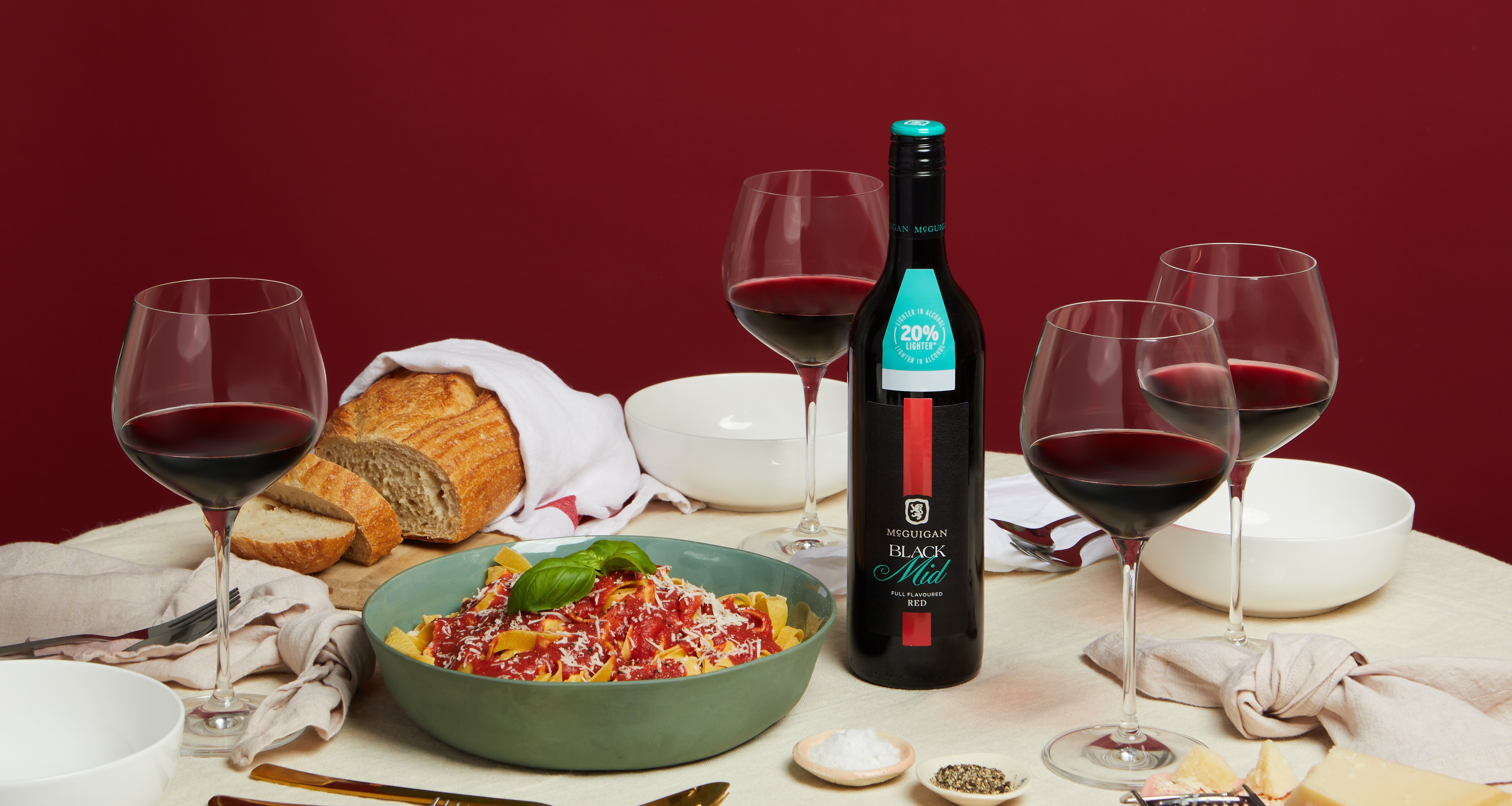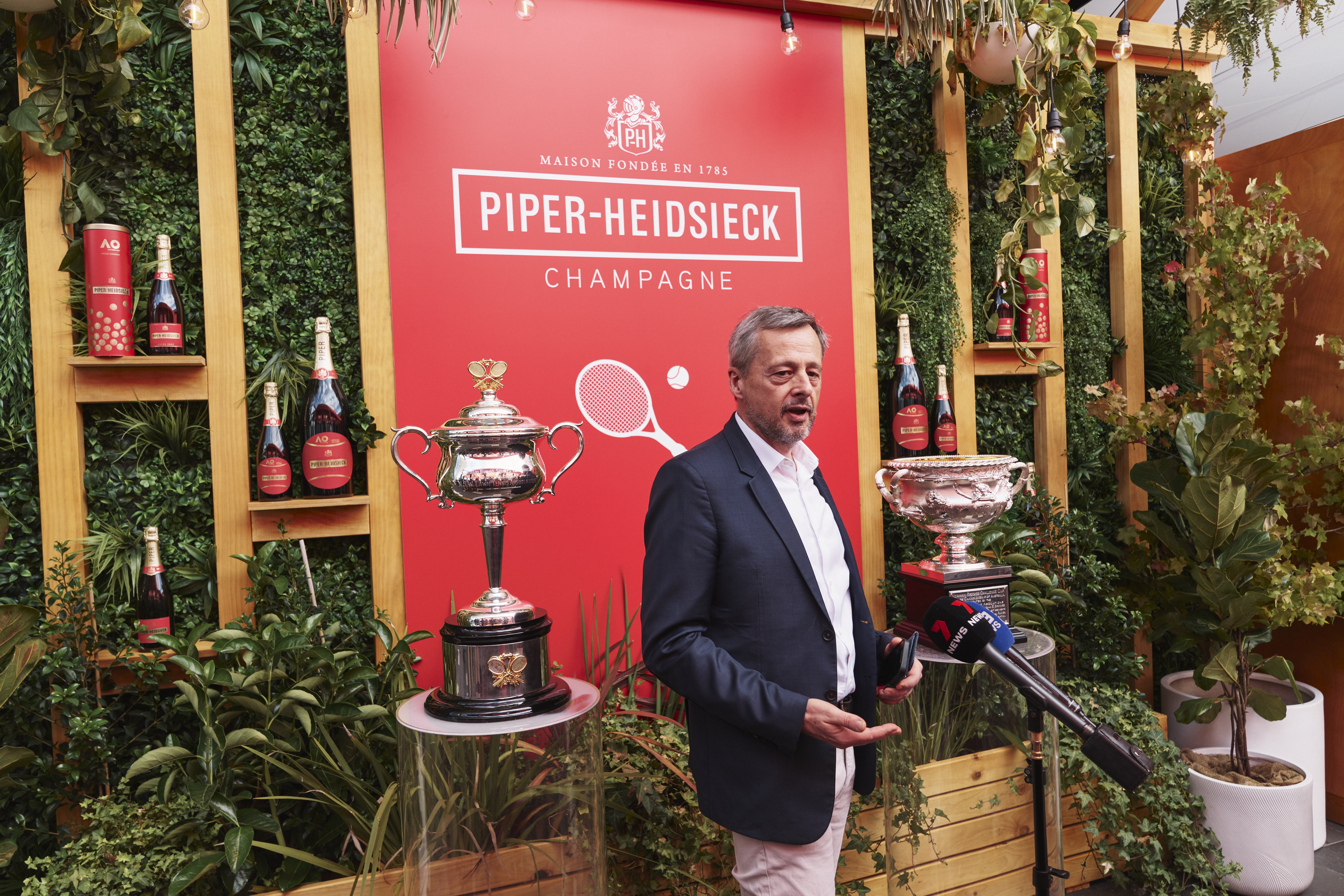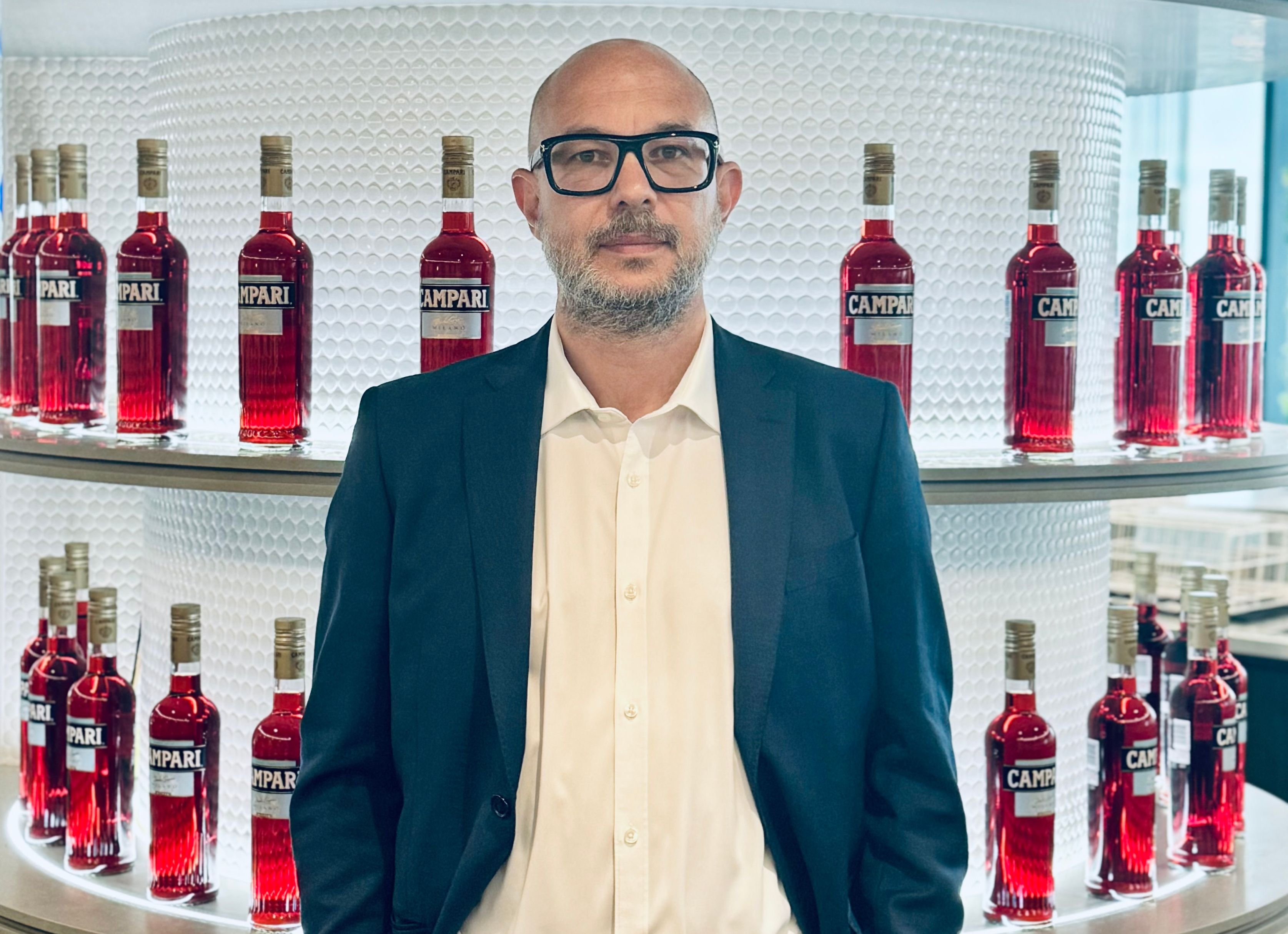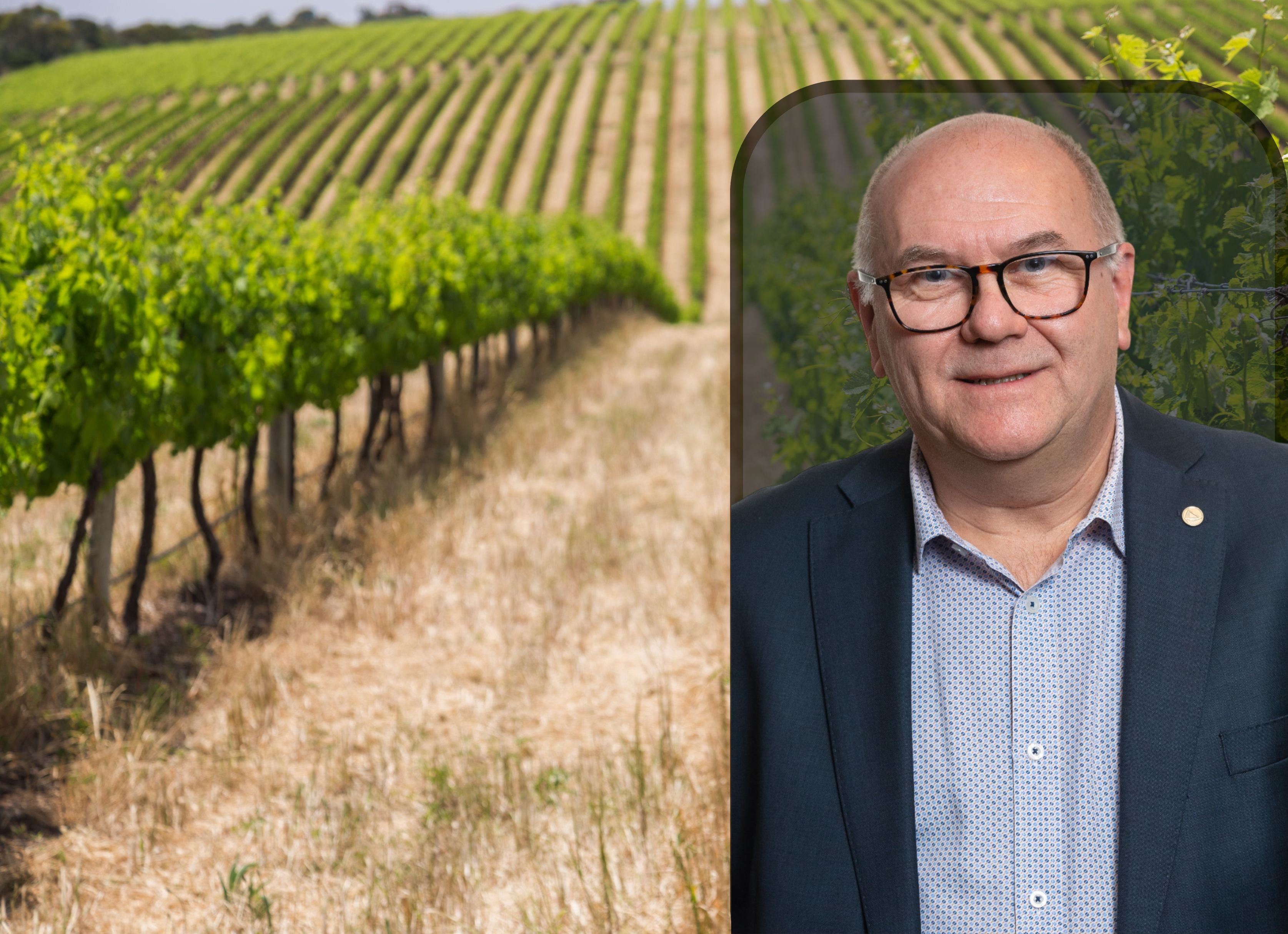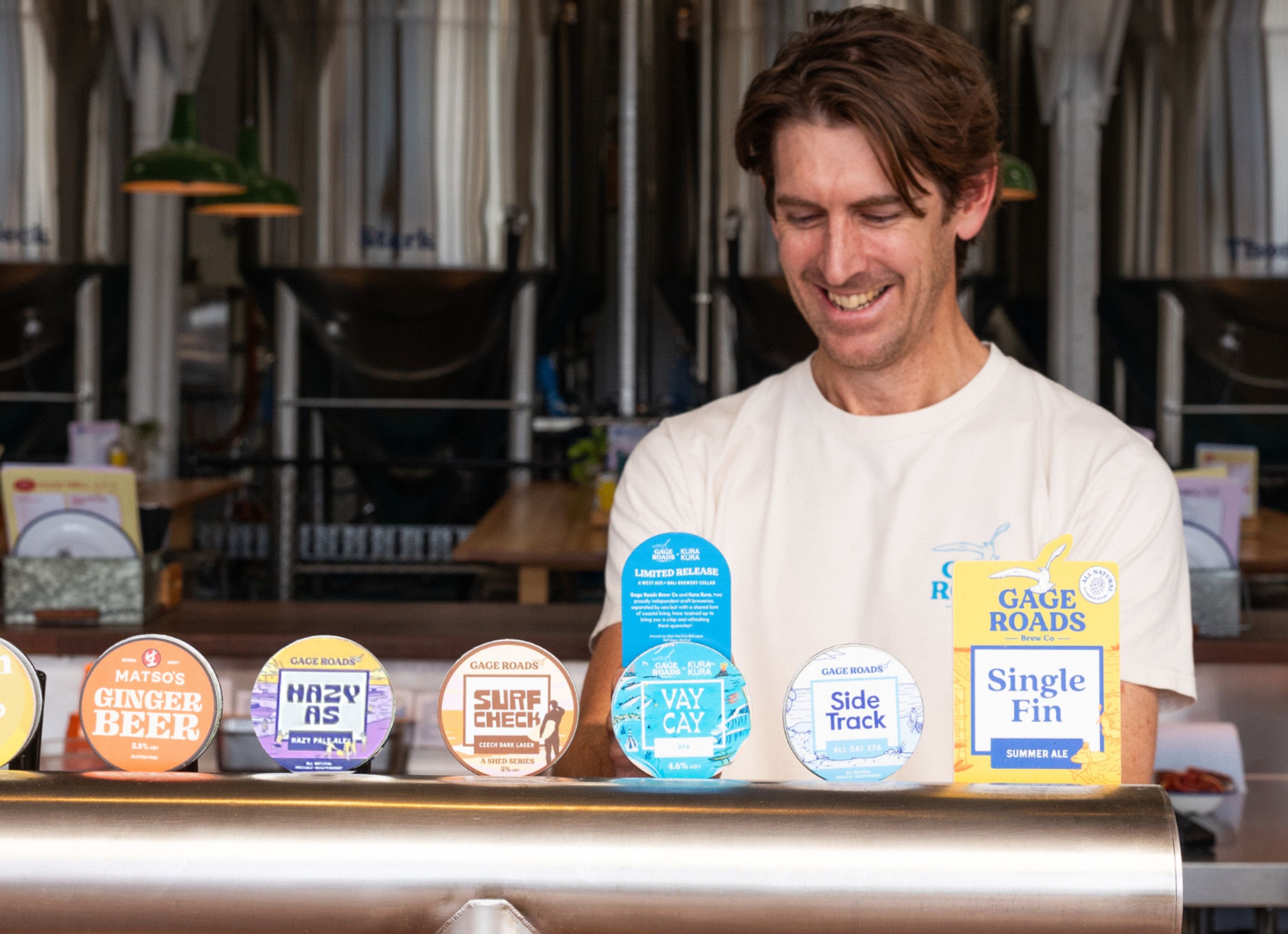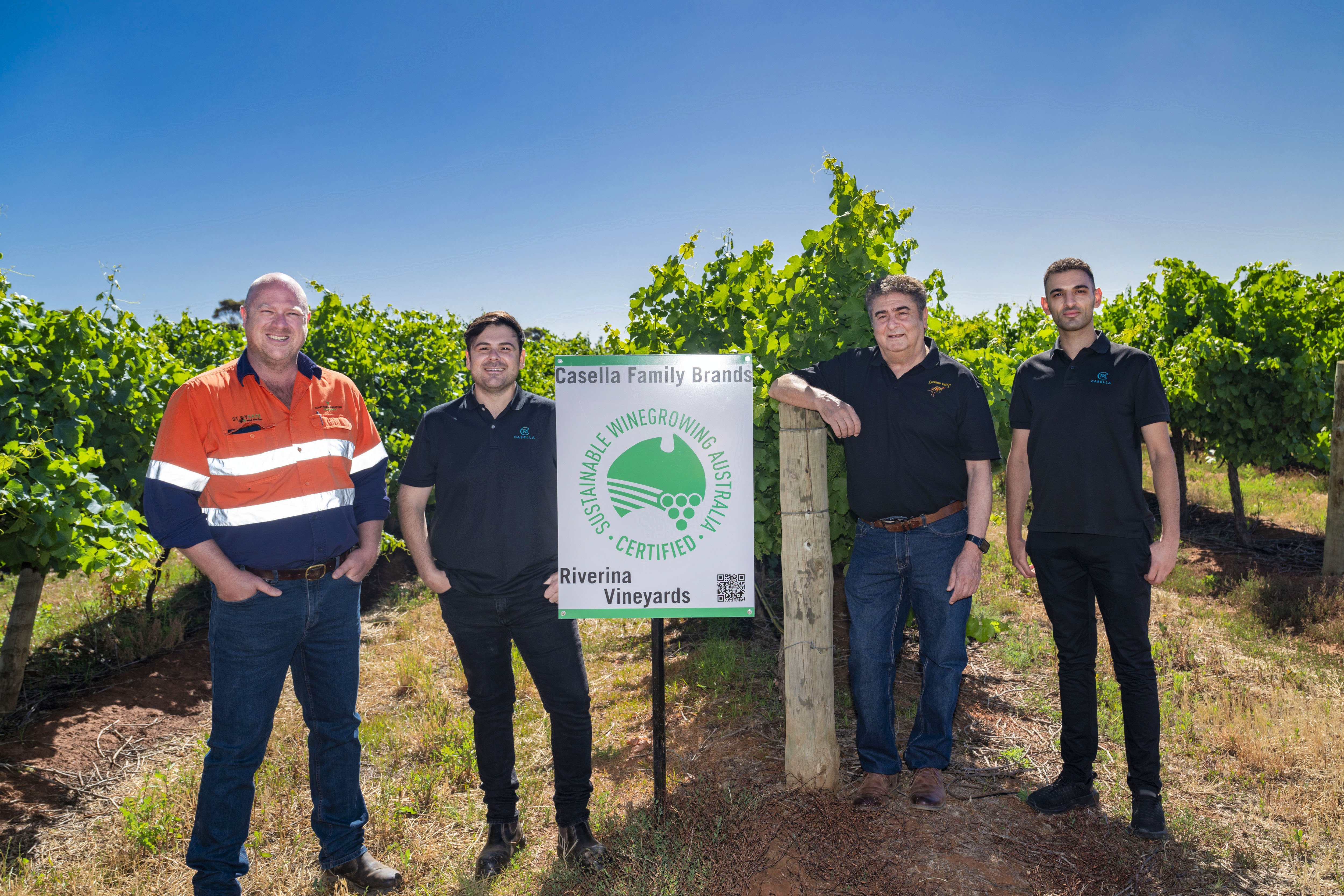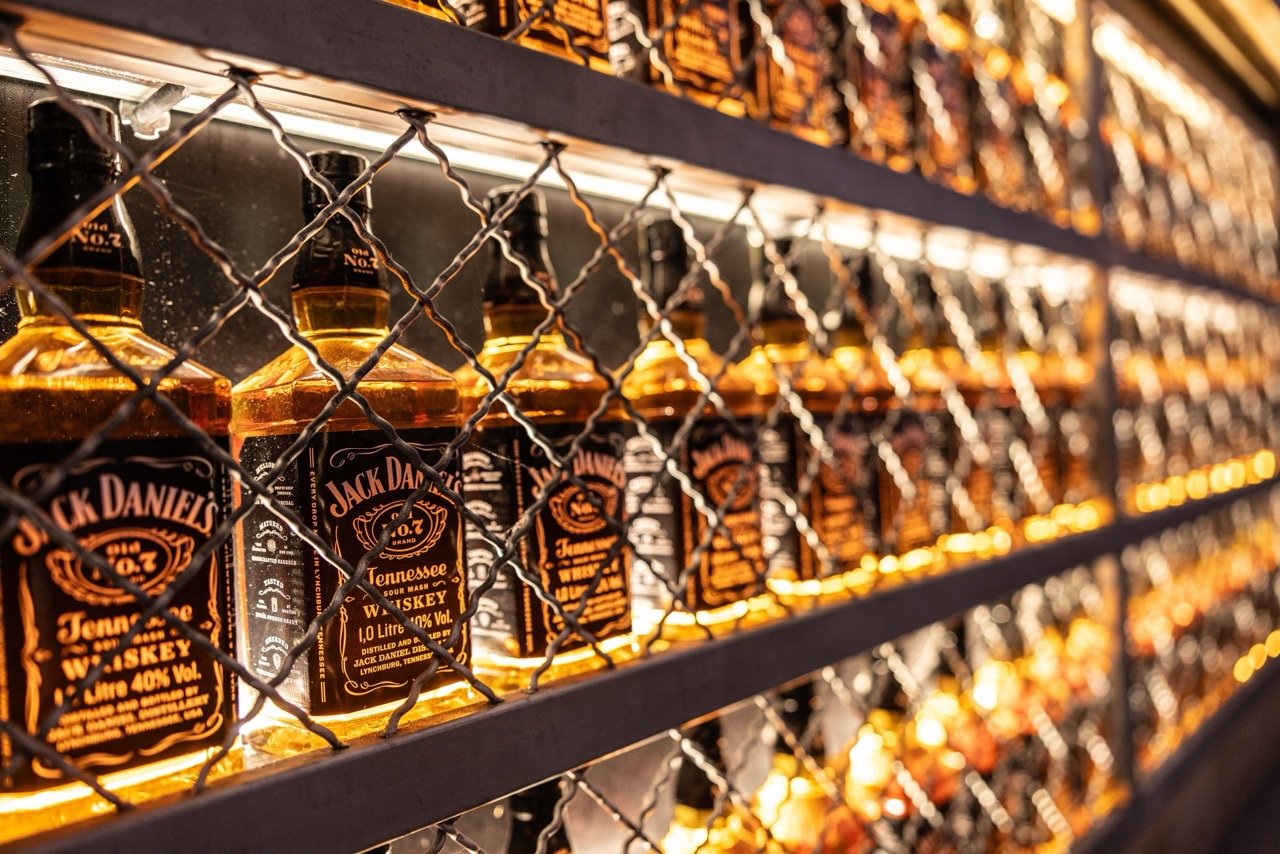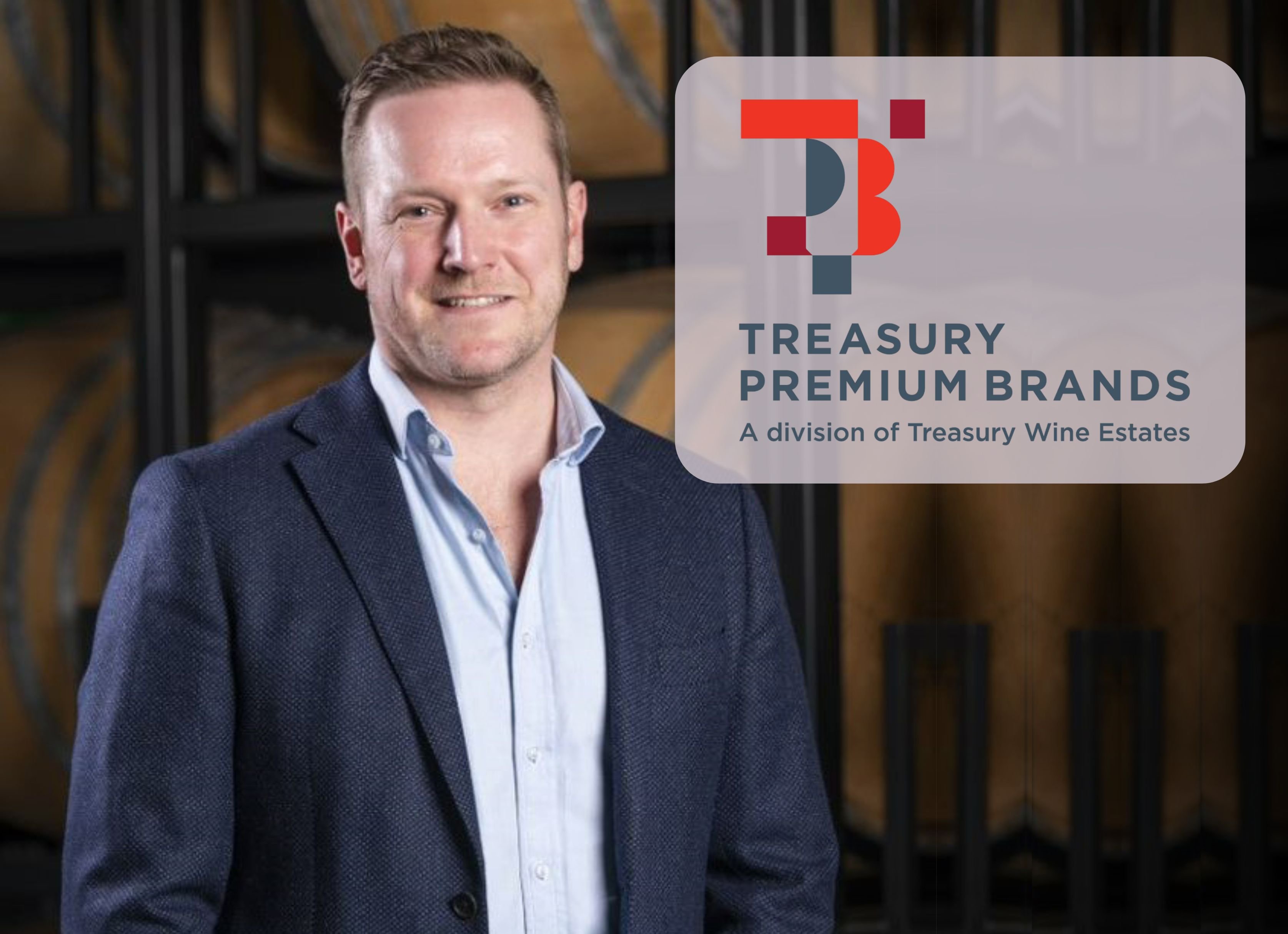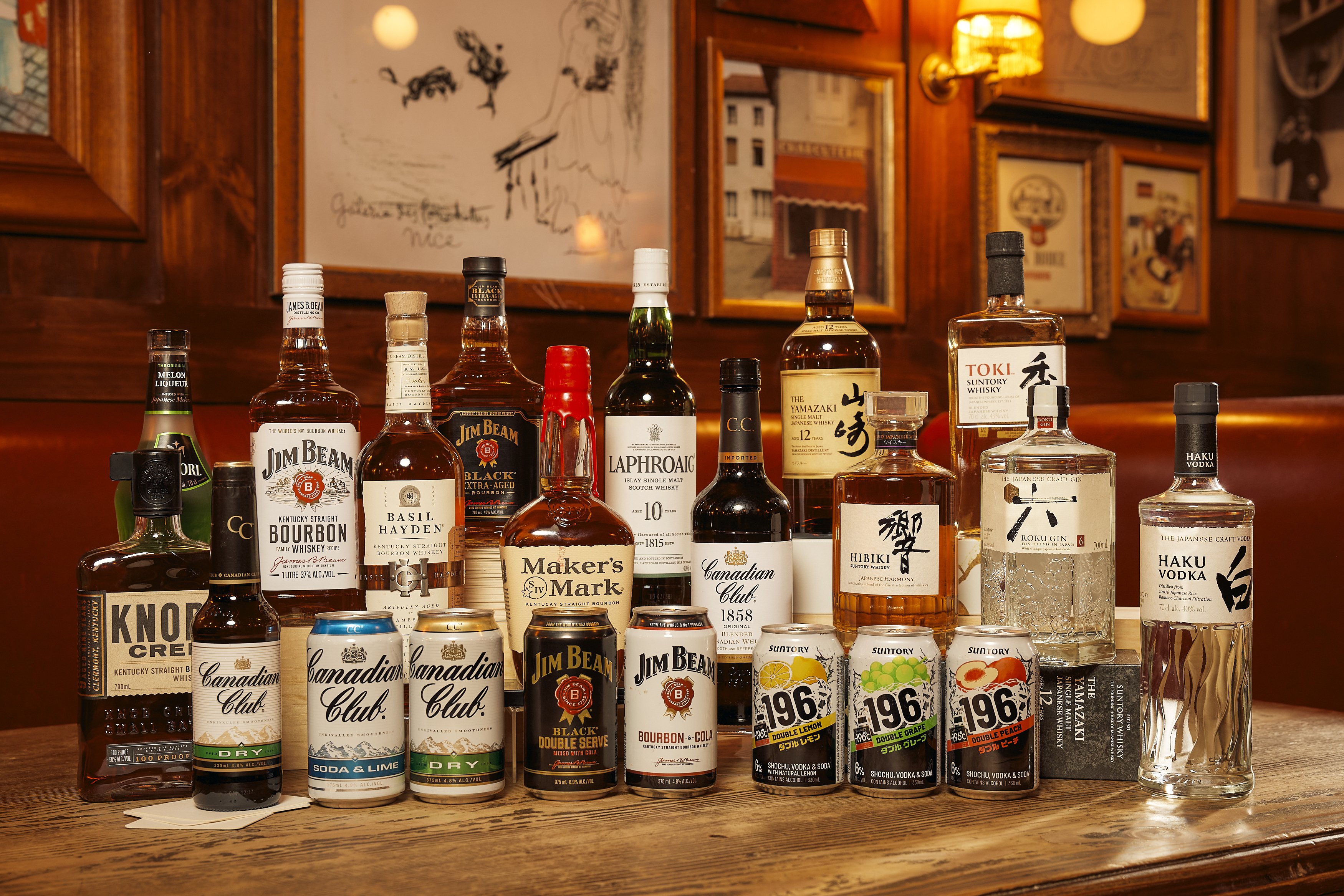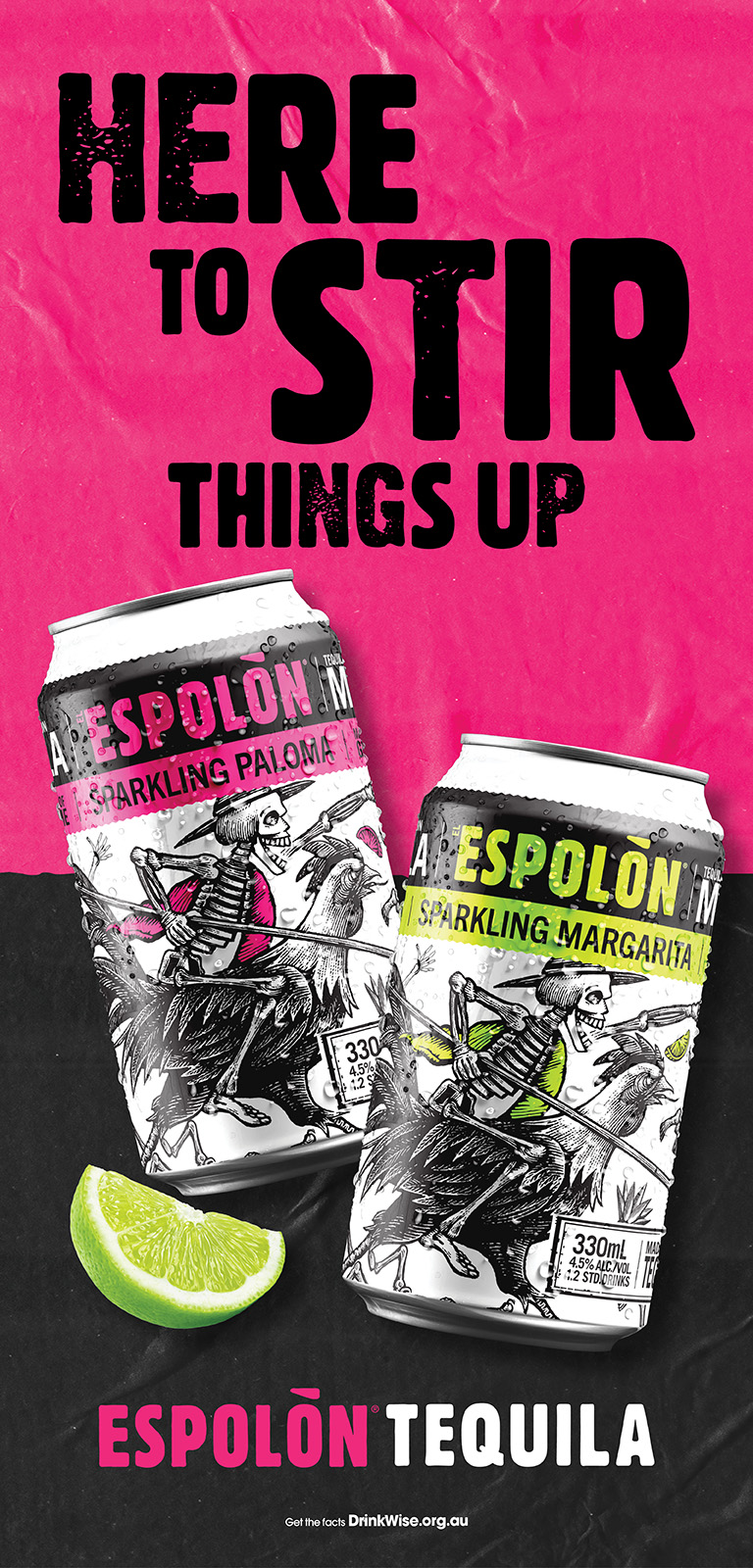The no/low category has firmly established its space both within and alongside liquor, offering a diverse set of options that directly satiate growing moderation trends. Current IWSR data mapping and forecasting reflects this, with the category expected to grow at a CAGR of 3% up until 2027.
Despite this, a recent analysis conducted by IWSR reveals that a majority of no/low consumers are not using these products as substitutes for alcoholic alternatives. Instead, it found that 44% of consumers across the top 10 no/low markets globally had arrived to the category from non-alcoholic products such as soft drinks, water, tea or coffee. This compares to 29% who use the category as a substitute for alcohol.
This is, however, starting to show signs of change.
“No-alcohol drinkers generally come from other non-alcoholic beverages, but also now increasingly from full-strength categories,” said Susie Goldspink, Head of No/Low Alcohol Insights, IWSR.
“There is also an increase in the proportion of no-alcohol consumers planning to increase their no-alcohol consumption.”
One of the contributing factors behind this change is the improvement in no/low alcohol technology. This has occurred organically through industry-led R&D and through targeted initiatives such as the Advancement of Australian Lifestyle Wines project. The project, which is being led by Australian Vintage Ltd (AVG), received $3 million in government funding and hopes to improve the quality and consistency of the alcohol-reduced wine category, referred to by the study as ‘lifestyle wines.’
Current ABARES modelling predicts that Australian winegrape production will have reduced to 1.2 million tonnes by the 2027-28 harvest, down from a peak of over 2 million in 2021. Whilst the number of regular wine drinkers in Australia is falling overall, the under-34 segment has shown the sharpest decrease, spurring wine producers to attempt to adjust to the changing consumption habits.
“Governments and producers are recognising the untapped opportunity in reduced-ABV wine, and are investing in new no/low technology to mitigate the long-term decline in the full-strength wine category,” said Goldspink.
“Gaining repeat purchase of low-alcohol wines remains a challenge, but investment in technology will improve quality.
According to the IWSR, a key no/low trend that liquor industries should focus on is mid-strength. While no/low products have thus far had greater market appeals to non-alcoholic consumers, the ever-improving array of reduced alcohol products presents a natural point of entry into moderation for current alcohol consumers.
One proof of concept was AVG’s successful introduction of its 7% abv McGuigan Mid range to the UK market last year.
“Outside Moscato, low-alcohol wine has traditionally struggled to cut through, but a wealth of mid-strength NPD means it should attract more attention in future,” said Goldspink.
“Mid-strength is a well-known concept in the Australian beer category and has been adopted by wine brands to help shoppers better understand and navigate low-alcohol wine.
Goldspink also believes that the liquor industry should be conscious of the non-alcohol related health appeal of low/no products, which generally feature less calories than alcoholic alternatives.
“Consumers are increasingly drawn to brands with fewer calories, organic credentials, reduced carbs, lower alcohol content and, in many cases, zero residual sugar,” she said.
Another trend that has shown significant promise in the Australian market is the segment of beverages that use ‘alcohol adjacent’ active ingredients such as CBD, adaptogens or nootropics. According to the IWSR, the purchase of of cognitive enhancers has increased globally over the past year, driven by growth in Australia and the US where up to 29% of Millennials have made purchases in the category.
Noot Drinks Co recently launched the first nootropic-infused non-alcoholic drinks range in Australia, becoming the world’s first non-alcoholic cocktail brand to do so worldwide.
“CBD and other nootropic/adaptogenic products could provide a future challenge to alcohol consumption, particularly with younger legal drinking age consumers who are more likely to participate in this category,” said Goldspink.
“This generation participates in a broader repertoire of beverages in this space, as well as generally still consuming alcohol.
“As such, for brand owners looking to shape their future category, it’s really all about offering consumer choice to suit different occasions.”
Share the content
